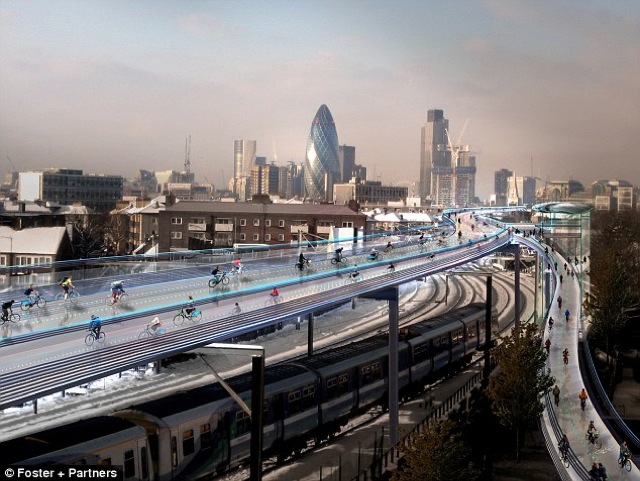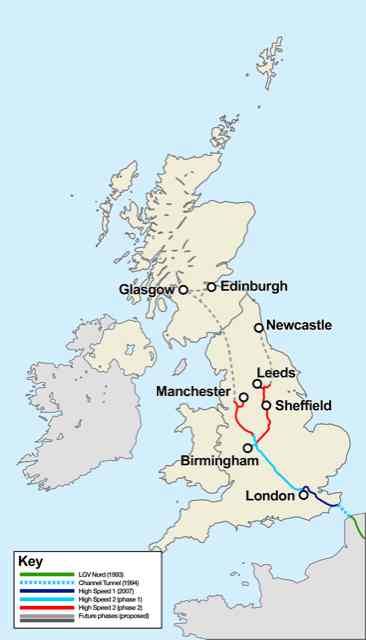Another year, another spate of stories about how America’s infrastructure is crumbling and how we need to raise taxes to repair it. Here’s the reality: Infrastructure that is funded out of user fees is in good shape; infrastructure that is funded out of taxes is not. Those who benefit from tax-supported infrastructure want the people who use user-fee supported infrastructure to pay more taxes so the former can continue to enjoy their obsolete systems at little cost to themselves.
Oregon Representative Earl Blumenauer wants to increase gas taxes by 15 cents a gallon–nearly double what they are now–to fund transportation infrastructure. But America’s highways, which support the users who pay those gas taxes, are in good shape. The number of structurally deficient bridges is rapidly declining and the average smoothness of pavement is improving.
It’s not hard to see that doubling gas taxes also doubles the money going into rail transit and other slush funds. The Federal Transit Administration said in 2010 that transit agencies suffer from a $78 billion maintenance backlog, and the total has likely increased since then since the agencies were spending less than necessary to keep systems in their current state of poor repair.









